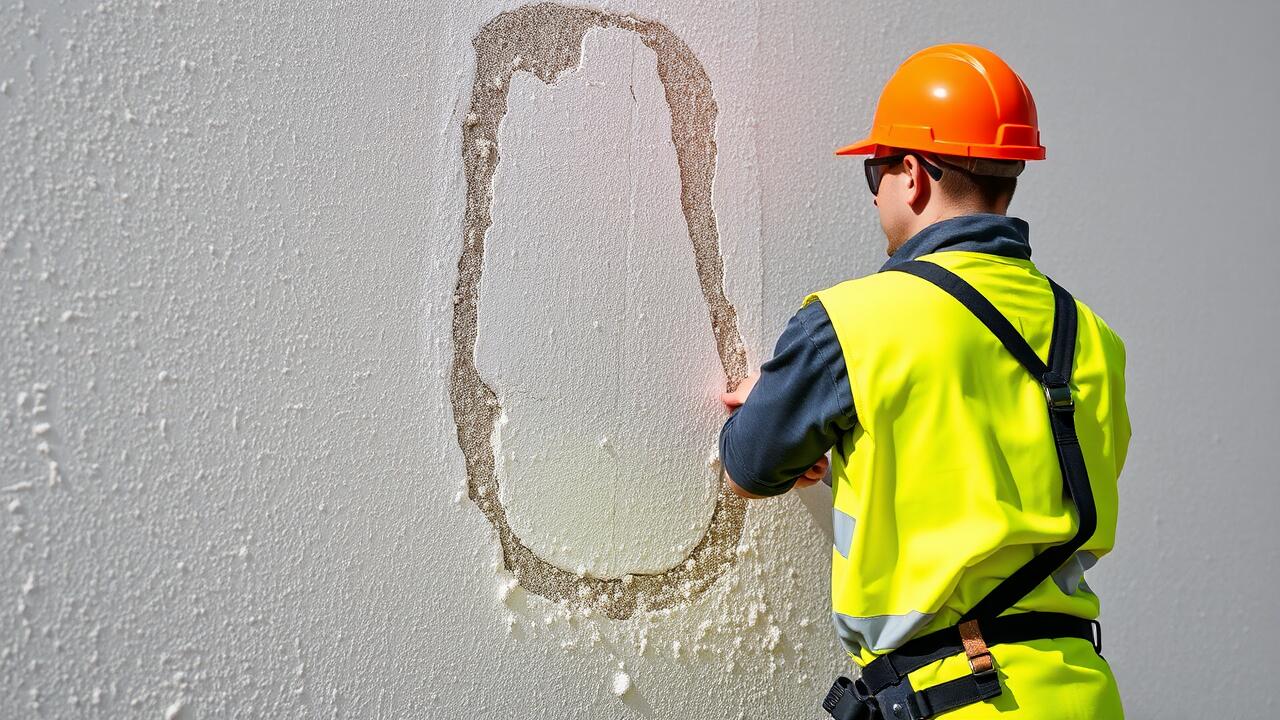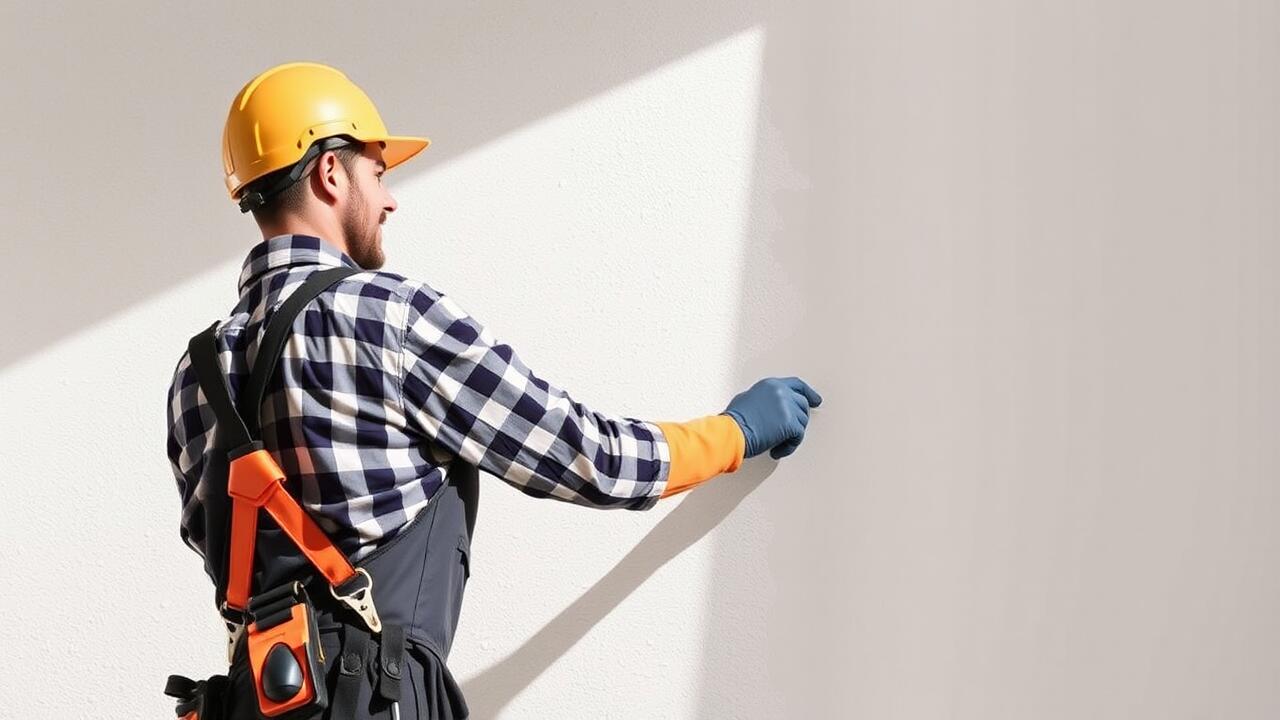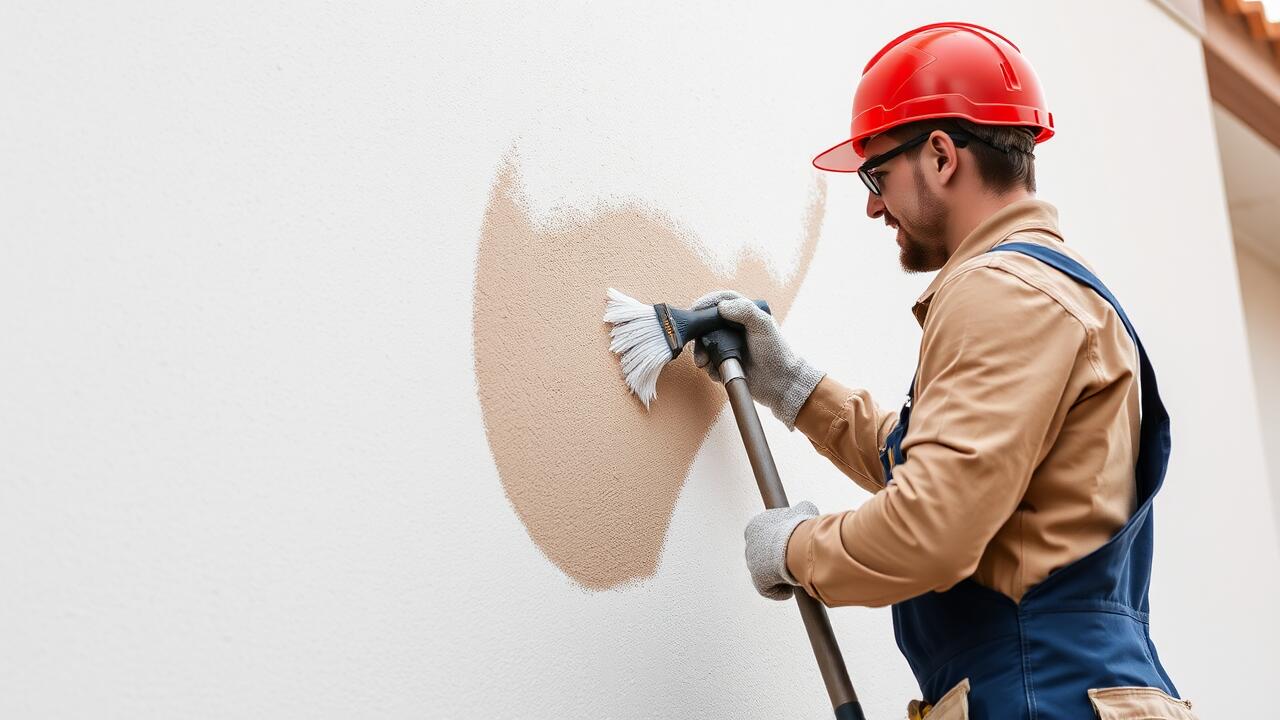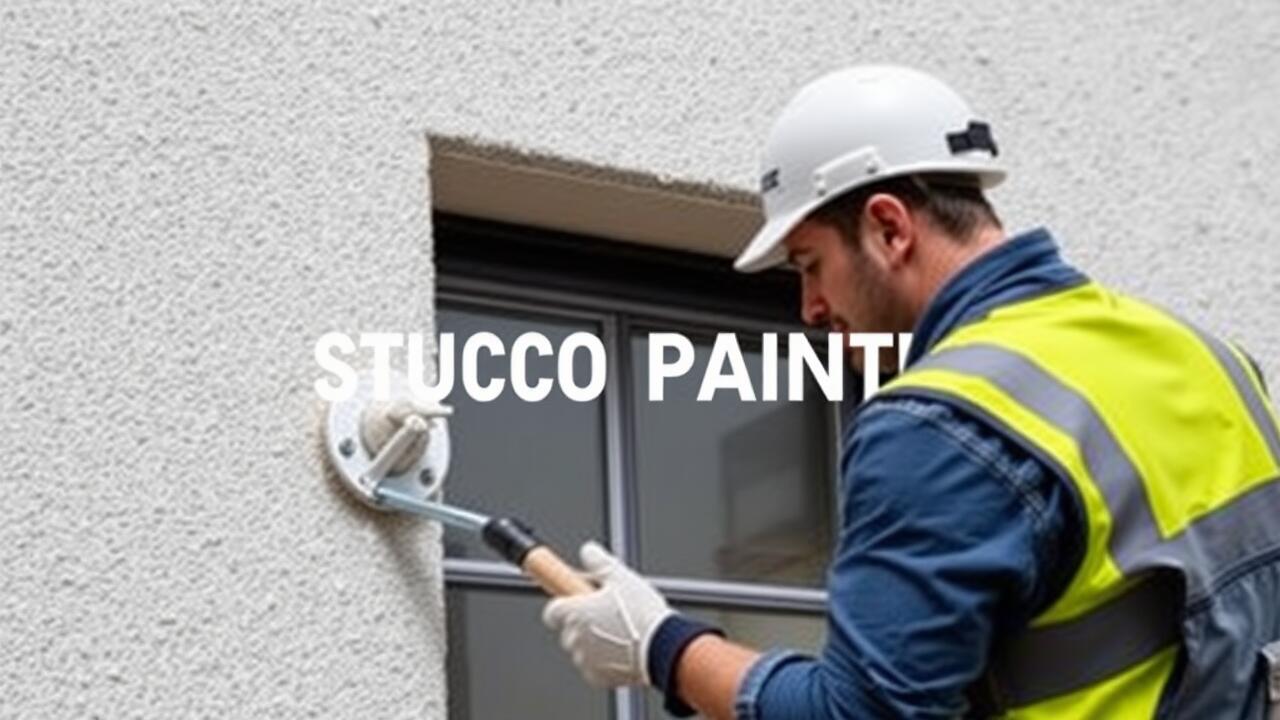
Repairing Larger Cracks
Larger cracks in stucco require a more intensive repair method to ensure a smooth and durable surface for painting. It’s essential to clean the area around the crack thoroughly to remove dirt, loose material, and debris. A wire brush or a chisel may be used to create a clean edge on both sides of the crack. Once prepared, apply a backer rod if the crack is deeper than half an inch. This will help support the patching material and improve adhesion.
After placing the backer rod, it’s time to apply stucco patch. Choose a high-quality patch that matches the texture of the existing stucco. Use a putty knife or trowel to fill the crack, pressing firmly to eliminate air pockets and ensure a strong bond. Feather the edges to blend the repair with the surrounding stucco. Completing this process correctly is vital, especially for homeowners considering Stucco Painting in Los Feliz, Los Angeles, as the quality of the repair will greatly influence the final appearance.
Techniques for Using Stucco Patch
When using stucco patch, start by selecting a patching compound specifically designed for exterior use. This ensures compatibility with existing stucco textures and colors. To apply, use a putty knife or a trowel to fill in the crack, pressing firmly to eliminate air pockets. Smooth the surface, feathering the edges to blend the patch into the surrounding stucco. It’s important to apply the patch in thin layers if the crack is deep, allowing each layer to set before adding more compound.
Once the patch is applied, allow it to dry fully according to the manufacturer’s instructions. The drying time can vary based on environmental conditions, so check for moisture or softness before proceeding with painting. For those considering a fresh coat of color, be mindful that proper stucco repair is crucial for the longevity of your paint job. Engaging in thorough preparation will contribute to a successful project, particularly for those undertaking stucco painting in Los Feliz, Los Angeles.
Allowing the Repair to Cure
After completing the repair of cracks in stucco, allowing the patch to cure properly is essential for a successful finish. Curing times can vary based on the specific stucco patch used and environmental conditions such as humidity and temperature. Ensure that the area is kept free from dust and debris during this period. Following the manufacturer's instructions for drying and curing times will help achieve a durable and consistent surface.
Proper curing creates a strong bond and prevents future cracking. If you're in an area like Watts, Los Angeles, consider local climate conditions that may affect drying times. Warm, dry conditions can expedite the curing process, while high humidity may prolong it. Monitoring the repair during this time is crucial, as it sets the stage for effective stucco painting in Watts, Los Angeles.
Best Practices for Drying Time
Allowing the patched stucco to cure properly is essential for a successful painting job. The drying time for stucco patch can vary depending on the specific product used, environmental conditions, and the size of the repair. Generally, it's advisable to wait at least 24 to 48 hours before applying any paint. Warmer temperatures and lower humidity levels can promote faster drying, while cool, damp weather may extend this period. Always refer to the manufacturer's instructions for optimal curing times.
Patience during the drying phase can prevent future problems such as peeling or cracking paint. Consider monitoring the weather to ensure a suitable environment for the repair to set. If you're planning on completing your project soon after the repairs, consider a longer drying time to achieve the best results. This is particularly important for projects such as Stucco Painting in Los Feliz, Los Angeles, where the aesthetic finish is crucial. Properly dried and cured stucco provides a solid foundation for your paint, helping it to adhere better and last longer.
Preparing for Painting
Before you begin the painting process, ensuring that the repaired stucco surface is adequately prepared is essential. This may involve cleaning the area to remove any dust or debris that accumulated during the repair. A pressure washer can be useful for larger surfaces, while a wire brush or sponge may work well for smaller areas. Allow the surface to dry completely after washing, as any moisture can affect paint adhesion.
Once the surface is clean and dry, it is vital to assess it for any rough spots or imperfections that may need to be addressed. Sanding any rough edges will promote a smoother finish. If you plan to match the color with an existing wall, consider applying a primer to help achieve a uniform appearance. This step is particularly important when planning for Stucco Painting in Los Feliz, Los Angeles, where varying light conditions can impact the final look of your paint job.
Surface Preparation After Repair
After the repaired stucco has fully cured, it's essential to prepare the surface for painting. Start by inspecting the area to ensure that all patches are smooth and level with the surrounding wall. Lightly sand any rough edges or uneven spots to create a uniform surface. A clean, smooth base will help the paint adhere better and create a more professional finish.
Next, thoroughly clean the surface to remove dust, dirt, or debris. A pressure washer or garden hose with a brush attachment can be effective in clearing away any contaminants. Allow the stucco to dry completely after cleaning. Taking these steps will ensure a strong bond between the paint and the stucco, which is particularly important for projects like Stucco Painting in Los Feliz, Los Angeles, where weather conditions can impact the longevity of the paint job.
FAQS
What are the common causes of cracks in stucco?
Common causes of cracks in stucco include temperature fluctuations, moisture intrusion, settling of the foundation, and improper installation techniques.
How do I identify larger cracks in stucco?
Larger cracks are typically wider than 1/8 inch and may show signs of separation from the wall or structural elements. They often require more extensive repair than smaller hairline cracks.
Can I paint over cracks in stucco without repairing them?
It is not recommended to paint over cracks in stucco without repairing them, as the paint will not adhere properly and the cracks may worsen over time. Proper repair ensures a smooth and durable finish.
How long should I wait for the stucco patch to cure before painting?
It is generally recommended to wait at least 24 to 48 hours for the stucco patch to cure fully. However, drying times may vary based on the product used and environmental conditions.
What tools do I need for repairing stucco cracks?
Essential tools for repairing stucco cracks include a putty knife or trowel, a wire brush, a spray bottle for misting, and a sanding block for surface preparation before painting.



